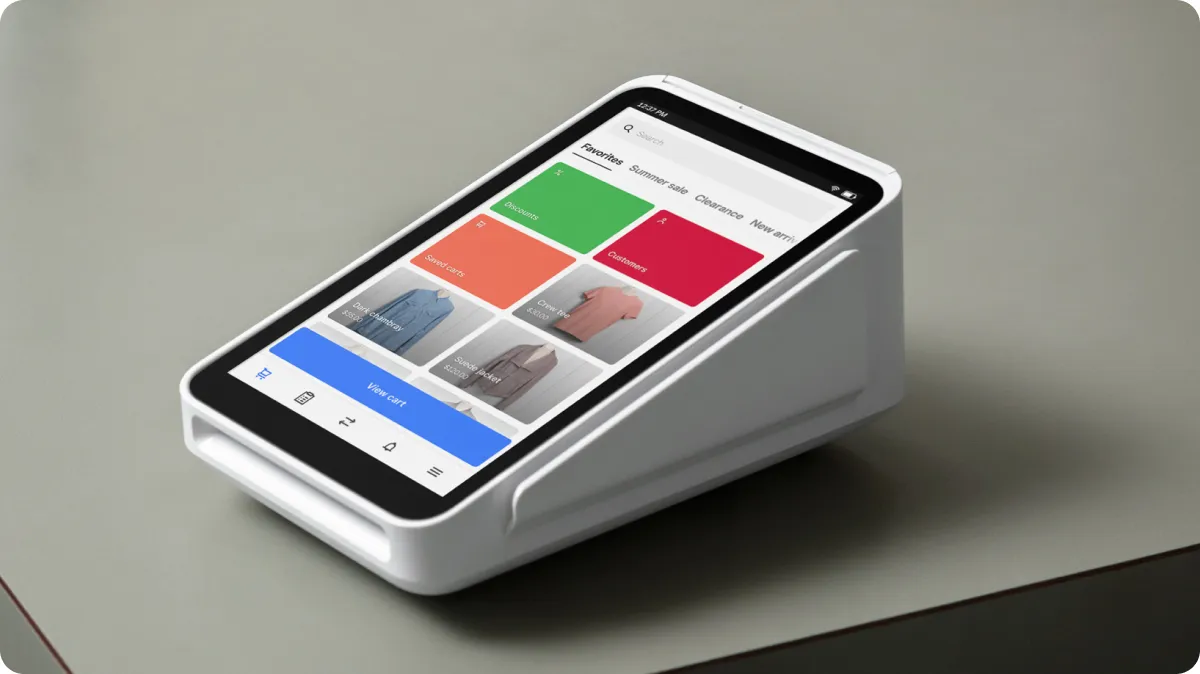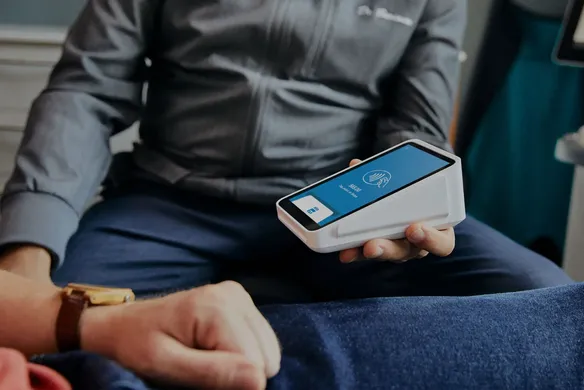Table of contents
As someone giving care to others, your work is important, and so is getting paid for what you do. That’s why taking payments at your medical practice is a crucial aspect of your business.
In Australia, we’re lucky in that many medical practices bulk bill. But for the ones that don’t, or for procedures not included in bulk billing, you want to ensure you’re receiving payment before customers leave the building.
To ensure easy, safe payments from patients, a solid healthcare payment system is crucial to keep medical practices healthy and revenue flowing. To avoid losing out on copayments or other charges, it’s important to make it easy for patients to pay at the front desk, catch them before they head out, or allow them to prepay before appointments.

Processing payments at your practice
Giving your patients multiple ways to pay is crucial to ensure timely payment. According to CBRE, patients’ desire for omnichannel payment experiences has grown. This means that they are looking for different ways to pay — online, in-app, or in the office.
To meet this need, it’s essential to have a versatile healthcare payment system. You may choose to provide an app for intake forms and copay payment use or bring a mobile credit card reader directly into the exam room for their convenience.
Pro tip: Whatever your payment solution, ensure that the experience is the same whatever way patients opt to pay — in person, in-app, or from an invoice.
How to take payments with your healthcare payment system
Before the appointment
To improve your customer experience and reduce wait times, encourage patients to fill out forms and pay the copay before coming into the office, using a Square and IntakeQ integration solution.
The integration allows you to build custom forms and take payments on Square easily (and IntakeQ is PCI DSS Service Provider Level I compliant and HIPAA compliant). So when the patient arrives, they’ve already completed the necessary forms and paid their copay.
At the front desk
To process payments at your front desk before or after an appointment, the Square Register(https://squareup.com/au/en/hardware/register) allows for touchscreen till technology to help support faster payments. You can also pair our Square Terminal with your Virtual Terminal to provide sleek in-person payments using your computer.
In the examination room
If you want a mobile option to take payments into an examination room or office for privacy or ease , you may opt to go for a mobile payment solution. You’ll be able to bring the payments right to a patient by taking payments on Square Terminal.
Square Terminal is optimised for easy, professional, and reliable payments that treat you and your money fairly — with no long-term contracts, hidden fees, or confusing hardware agreements.
With Square Terminal, you’ll pay one low, transparent, fair transaction rate of 1.6% for every dip, tap, or swipe payment and $329 for the device. You’ll also have 24/7 phone support and next-business-day hardware replacement.
Take payments after the appointment
Your practice may opt to collect patient payments outside of the office. This is doable with an online invoice or through integration with a form-building app like IntakeQ or Dr. Chrono (Dr. Chrono also has the capability of keeping patient cards on file). And if none of these solutions best fit your practice, your developer can build a custom solution with our payment API or payment SDK.
What else should healthcare practices consider?
Healthcare practices and their healthcare payment systems must comply with specific requirements for managing patient information. Specifically, medical practices in Australia must comply with The Privacy Act 1988 with the Office of the Australian Information Commissioner when managing patient information and data.
As a merchant of record, Square takes data security seriously and complies with the Privacy Act 1988 and with the 13 Australian Privacy Principles (APPs) in the Privacy Act, as well as with this Privacy Policy.
When your patient pays, our proprietary tokenisation scheme ensures that unencrypted payment data never touches your device or application. Learn more about how Square protects your business and your patients’ payment information.
![]()











